#indian ocean
Text
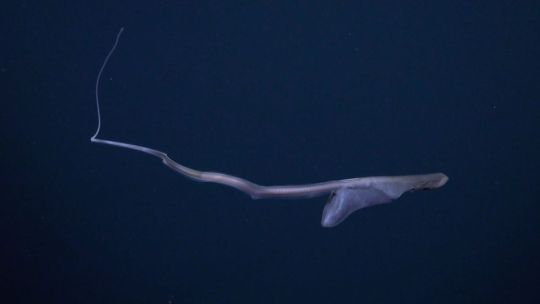
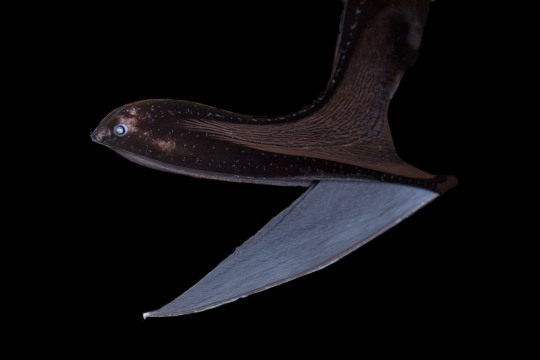
youtube
The Can-do Pelican Eel
The pelican eel, also known as the gulper eel (Eurypharynx pelecanoides), are the only known species of eel in the family Eurypharyngidae. They are found exclusively in the deeper parts of the water column, from depths of 500 up to to 3,000 m (1,600 to 9,800 ft), but are distributed throughout all the world's oceans.
The gulper eel is perhaps most famous for its unique body shape. Like many deep-sea fish, this species is highly adapted to its environment; maximum energy efficiency is the highest priority. To that end, the pelican eel has a large head, and a jaw estimated to be quarter of the total length of its body. The jaw is loosely hinged, meaning that gulper eels can open their mouths extremely wide. The rest of the eel, in contrast, is quite slender and long, about 0.75 m (2.5 ft) in length on average. Most individuals are black--so black, in fact, that they only reflect 0.5% of light; perfect for hiding from potential predators.
Although they look skinny, E. pelecanoides can expand their stomachs to hold prey much larger than themselves. Their primary prey consists of crustaceans and cephalopods, though they may feed opportunistically on other fish. Because it is so well camouflaged, it uses bioluminescent organs on the tip of its tail to attract prey. Gulper eels themselves are preyed upon by lancetfish and other larger deep-sea fish. To deter predators, they will gulp down a large amount of water; this stretches the loose skin around their head and throat, and inflates them to several times their usual size.
Because of their remote location, the breeding habits of gulper eels are relatively unknown. However, it is believed that smell plays a large part in attracting a mate, as pelican eels have highly developed olfactory organs. Like other eels, they're born as tiny, transparent larvae in a state known as the leptocephalus stage. At this stage, they do not have any red blood cells. Researchers aren't sure how long it takes gulper eels to become fully mature, or how long they live, but many believe that adults die shortly after mating.
Conservation status: The population size of E. pelecanoides has not been assessed, and thus the IUCN has not made a determination on its status. The greatest threat for this species is deep-sea trawling, which frequently brings up gulper eels as by-catch.
Photos/Video
Paul Caiger
Schmidt Ocean Institute
EV Nautilus Team (I highly recommend checking out their 2023 highlights reel!)
#pelican eel#gulper eel#Anguilliformes#Eurypharyngidae#eels#ray-finned fish#bony fish#fish#pelagic fauna#open ocean fauna#pelagic fish#deep sea#deep sea fish#Atlantic Ocean#Pacific Ocean#Indian Ocean#Arctic Ocean#Southern Ocean#animal facts#biology#zoology#ecology#marine fauna#marine fish#Youtube
86 notes
·
View notes
Text
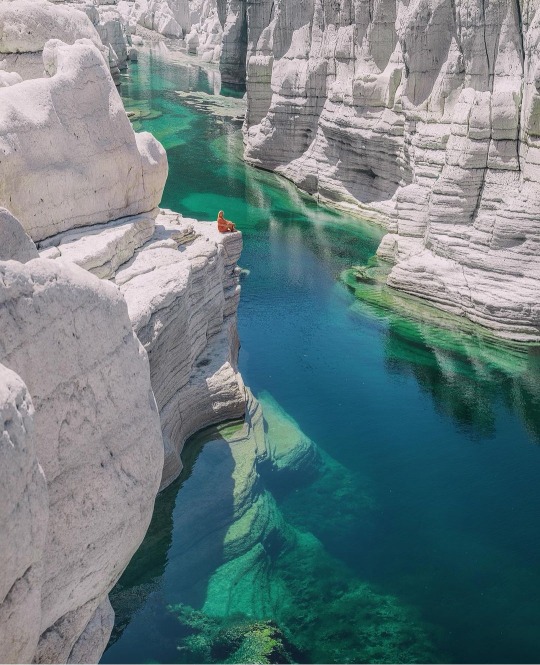
Kalisan Canyon, Socotra Islands / Yemen (by Kristina Makeeva).
3K notes
·
View notes
Text

This is a metal snail (Volcano Snail) that lives on underwater volcano vents in the Indian Ocean. Its shell and scaly feet both are armoured with layers of iron, making it the only animal to incorporate iron sulfide into its skeleton 🐌
📷: Dr Chong Chen/IUCN
#snails#snail life#snail#iron snail#oceans#indian ocean#science#news#research#biodiversity#iucn#iucn red list#science acumen#wildlife biologist#marine biology#biology#volcano#active volcano#amazing
4K notes
·
View notes
Text
THREE NEW SHARK SPECIES THIS WEEK!
The second week of July 2023 something extraordinarily beautiful happened, the findings of 3 new species of sharks for were announced
A new angel sharks species was identified, from the western Indian Ocean on the Mascarene Plateau and off southwestern India in 100–500 m depths, the Lea’s angel shark Squatina leae, was recognized to be different genetically and morphologically distinct from its congeneric species Squatina africanae, following unique morphological features. This species was first detected in 1988 after finding three unusual, small sharks, but till today was completely understood. The angel shark is named after one of the author’s fiancee’s late sister, Lea-Marie Cordt.

- Squatina leae, adult male, in dorsolateral.
Angel sharks are “flatter sharks”, possesing distinctly broad, dorsoventrally flattened bodies, a short snout with large mouth and nostrils, eyes on top of the head close to the large spiracles, very large pectoral fins, and a lateral caudal keel. They've evolved to be ambush predators, they lie in wait for prey to pass closely overhead before attacking.
Reference (Open Access): Weigmann et al., 2023. Revision of the Western Indian Ocean Angel Sharks, Genus Squatina (Squatiniformes, Squatinidae), with Description of a New Species and Redescription of the African Angel Shark Squatina africana Regan, 1908. Biology
From North Australia, another species of hornshark is described based on six whole specimens and a single egg case. The painted hornshark Heterodontus marshallae was previously considered to be the same with the zebra bullhead shark another well know bullhead shark from the central Indo-Pacific from Japan to Australia, but genetic and morphological analyses indicated the sharks were different, but looking alike. The painted hornshark is endemic to northwestern Australia and occurs in deeper waters, at 125–229 m below surface.

- Lateral view of two mature female painted hornshark Heterodontus marshallae showing small differences between individuals
The painted hornsharks is named in honour of Dr. Lindsay Marshall www.stickfigurefish.com.au a scientific illustrator and elasmobranch scientist who expertly painted all the sharks and rays of the world for the Chondrichthyan Tree of Life Project.
Reference (Open Access): White et al., 2023 Species in Disguise: A New Species of Hornshark from Northern Australia (Heterodontiformes: Heterodontidae). Diversity.
And from an unidentified shark egg collected from the deep waters of northwestern Australia, in 2011 recently helped researchers identify a new species of deep water cat shark. Called ridged-egg catshark Apristurus ovicorrugatus after its eggs, it was collected in the earlys 90 but remained unknown to date. This sharks presents white eyes, and is small in size, reaching less than a half meter in length. .
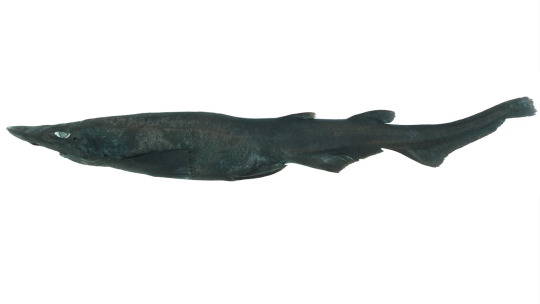
- Lateral view of female Apristurus ovicorrugatus before preserved. Photo by CSIRO.
Egg cases belonging to this species had been documented as early as the 1980s, but could not be matched to any species of Australian shark until recently scientists examined a shark specimen of previously uncertain identity in the CSIRO collection.

-egg cases of Apristurus ovicorrugatus. Scale bar is 10 mm
Reference (Open Access) White,et al., 2023 What came first, the shark or the egg? Discovery of a new species of deepwater shark by investigation of egg case morphology. Journal of Fish Biology.
#Squatina leae#Squatina#new species#elasmobranch#shark#biology#marine biology#science#marine science#indian ocean#bioblr#sciblr#sci#painted hornshark#Heterodontus marshallae#Heterodontus#Apristurus ovicorrugatus#Apristurus#long post#Ridged-egg catshark#Lea’s angel shark
3K notes
·
View notes
Text


Madagascar Giant Day Gecko (Phelsuma grandis), family Gekkonidae, Mauritius
Invasive species in Mauritius
Native to northern Madagascar
They grow to a total length of up to 11 in (28cm).
photographs by Gregor Scheidl
#day gecko#phelsuma#gekkonidae#gecko#lizard#reptile#herpetology#mauritius#madagascar#indian ocean#animals#nature
630 notes
·
View notes
Text

Zanzibar, Mjini Magharibi, Tanzania | by Taryn Elliott
#Travel#Landscape#Landscape Photography#Tropical#Travel Photography#Zanzibar#Mjini Magharibi#Tanzania#Africa#Ocean#Trees#Shoreline#Indian Ocean#Vertical
731 notes
·
View notes
Text

The Indian Ocean with the setting sun - Jan Willem ‘Willy’ Sluiter , 1923.
Dutch, 1873-1949
Oil on canvas. , 40.2 x 50.2 cm.
268 notes
·
View notes
Text
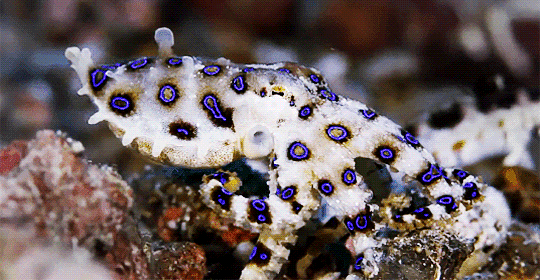

Blue-ringed octopus; small but highly venomous (x)
#octopus#blue ringed octopus#sea#ocean#underwater#animals#sea animals#nature#marine life#the pacific#indian ocean#marine creatures
416 notes
·
View notes
Text
Day 20 of @fish-daily's Fish-uary: Indian Ocean. I drew an oriental flying gurnard.

[Image ID: a fish with black, blue, pink, and green splotches and large, wing-like fins. End ID]
326 notes
·
View notes
Text
Sayyed Abdulmalik al-Houthi, leader of Yemen’s Ansar Allah, said on Thursday, March 14, that his country’s armed forces will expand their attacks against ships moving to Israel from the Red Sea region to the whole of the Indian Ocean.
Stating that attacks on Israeli ships in the Red Sea and Bab el-Mandeb will continue until there is a ceasefire in Gaza, al-Houthi declared that “we [now] aim to prevent ships associated with the Israeli enemy from crossing [Indian] Ocean towards South Africa and the Cape of the Good Hope” as well.
#Yemen#imperialism#shipping#Indian Ocean#Israel#FreePalestine#GazaGenocide#Ceasefire#Ansar Allah#Struggle La Lucha
135 notes
·
View notes
Text
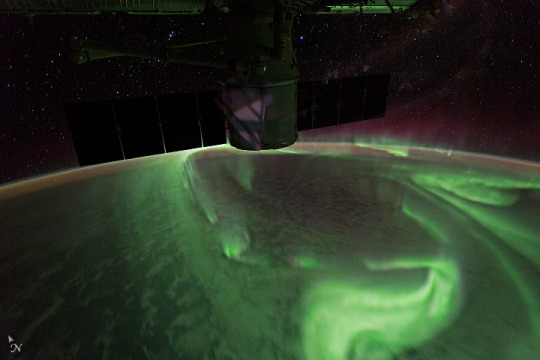
An astronaut took this photograph of the Aurora Australis in August 2017. At the time, the International Space Station was moving over the southern Indian Ocean towards the Great Australian Bight and Melbourne, Australia.
#aurora#auroras#aurora australis#southern lights#stars#solar wind#solar winds#earth#space#orbit#magnetosphere#atmosphere#atmospheric phenomena#nasa#science#international space station#indian ocean#great australia bight#melbourne#australia#2017#2010s
163 notes
·
View notes
Text
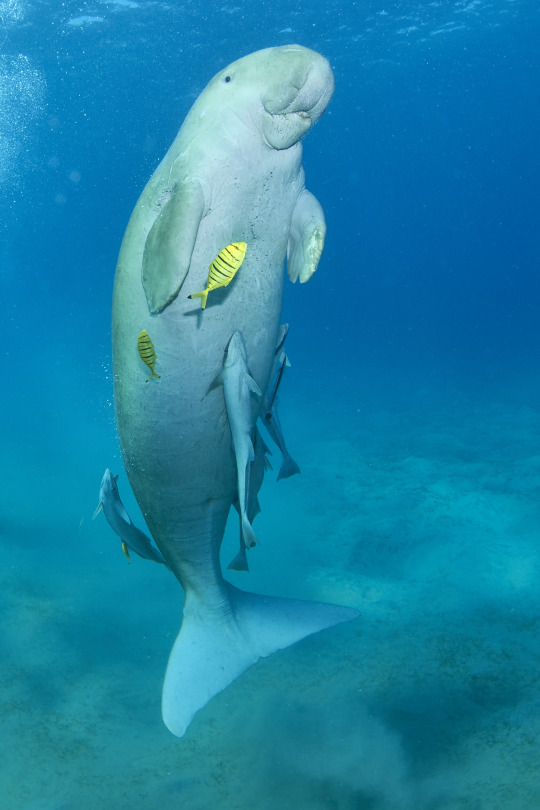
Dugong Dugong dugon
with golden trevally Gnathanodon speciosus, upper, and sharksucker Echeneis naucrates, lower
Observed by popaul, CC BY-NC
#Dugong dugon#dugong#Sirenia#Dugongidae#sirenian#non-ungulate#fish#Echeneis naucrates#sharksucker#Gnathanodon speciosus#golden trevally#Africa#Egypt#Indian Ocean#Red Sea
234 notes
·
View notes
Text

#sunshine beach#beachvibes#bikini briefs#bikini life#summer#sunbathing#dubaitourism#exhibtionist#blue bikini#indian ocean#mum bod#over 40#show off#dd cup
883 notes
·
View notes
Text
blacktip reef shark everybody!! Yeah!!
was kind of in a daze while drawing this feller o_o;;


@fish-daily
113 notes
·
View notes
Text

Peacock Mantis Shrimp (Odontodactylus scyllarus), family Odontodactylidae, Reunion Island
photograph by Cédric Péneau
578 notes
·
View notes
Text
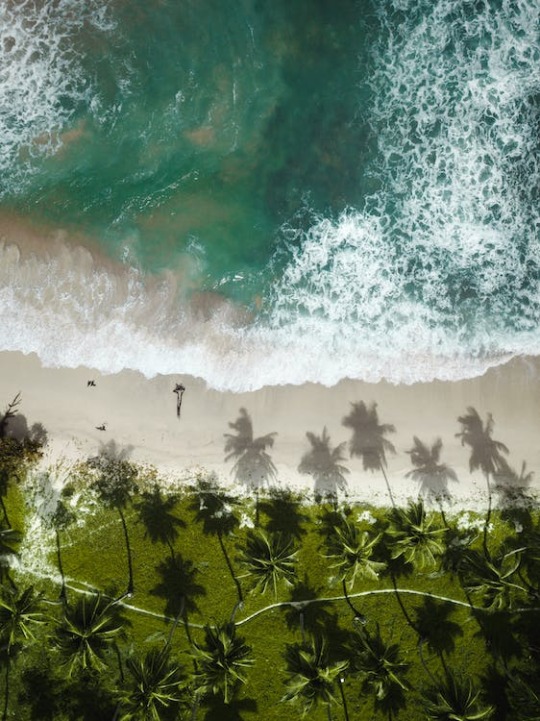
Campbell Bay, AN, India | by Nabil Naidu
#Tropical#Travel#Travel Photography#Nature Photography#Beach#Shoreline#Vertial#Caerial#Palm Trees#Ocean#Indian Ocean#Asia#Landscape#Landscape Photography
301 notes
·
View notes